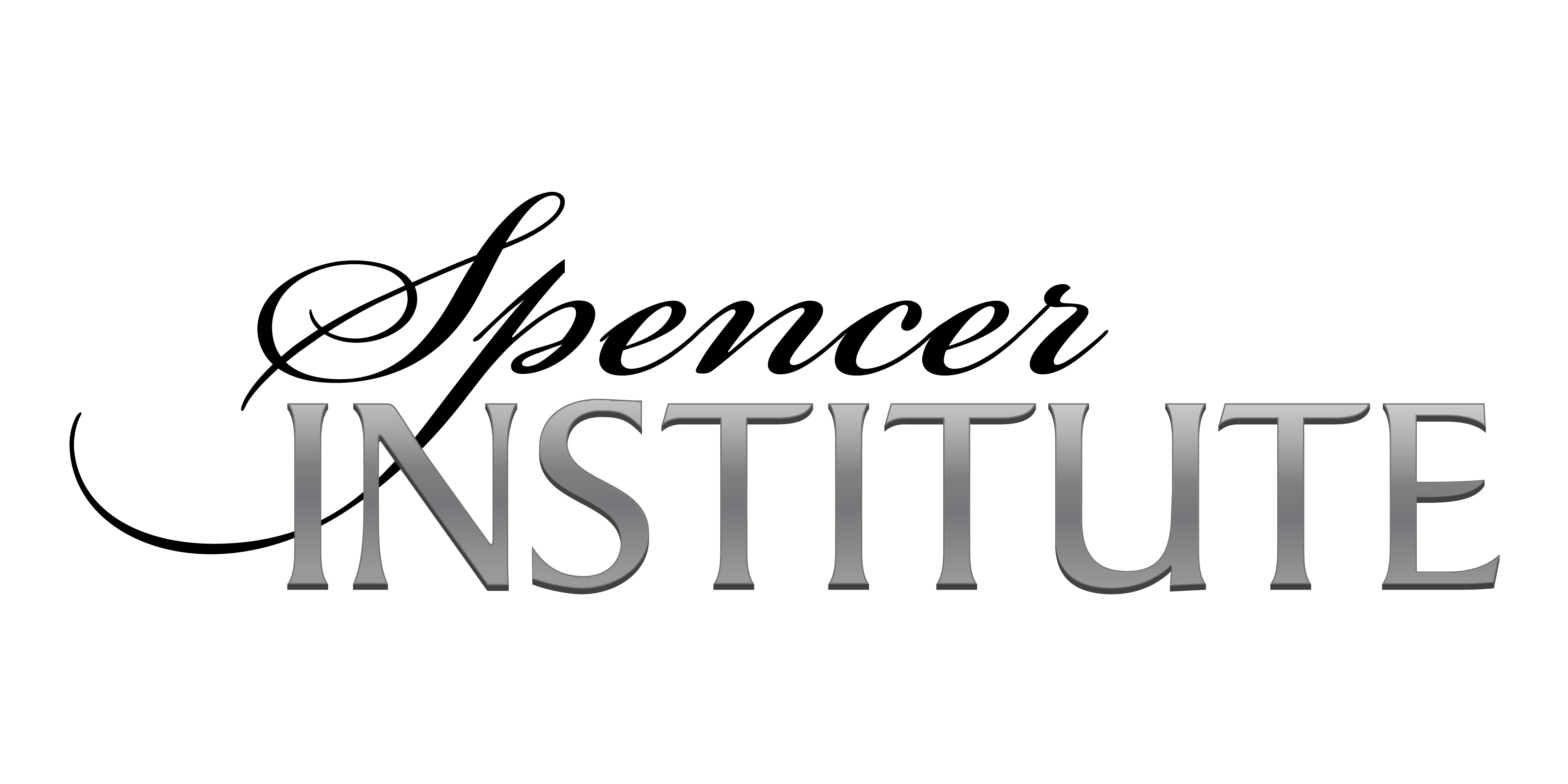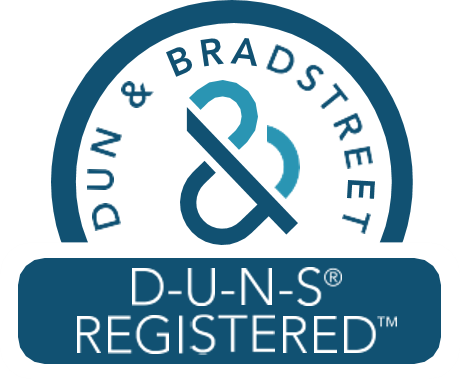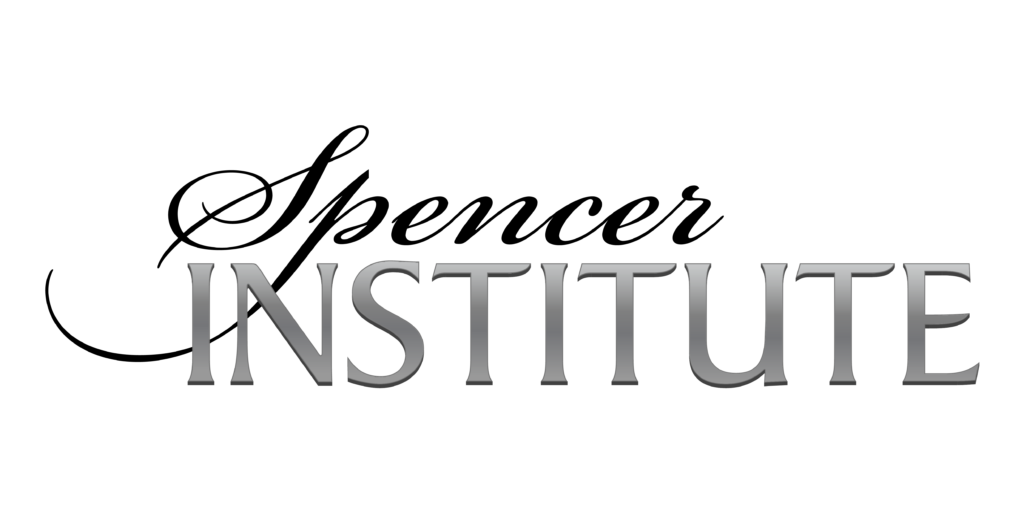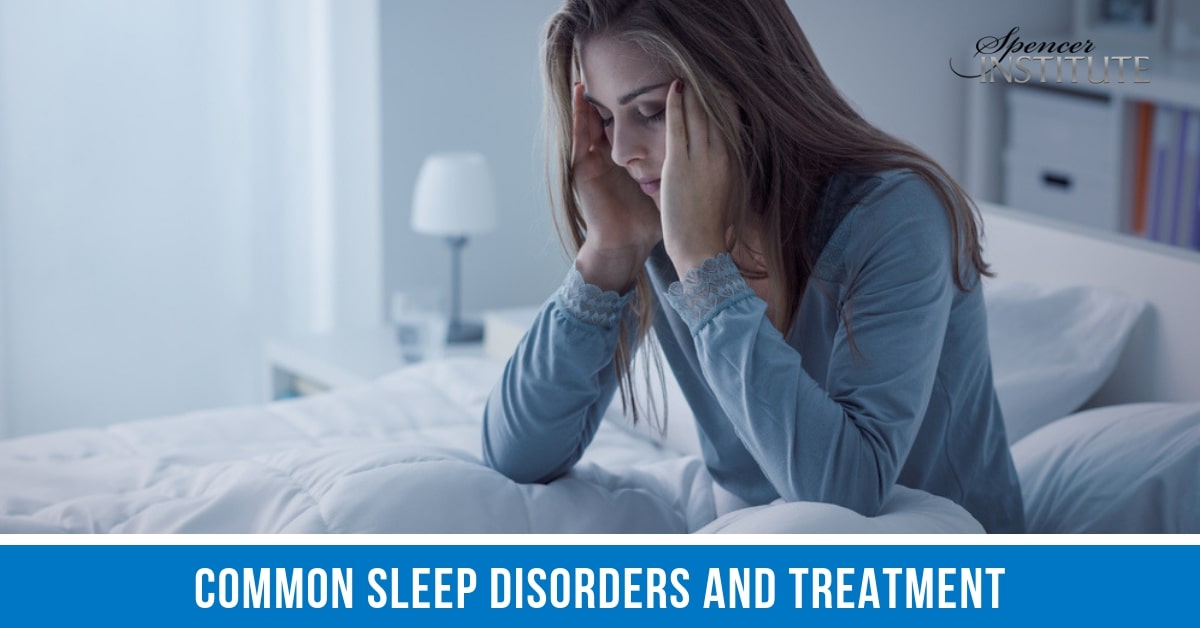 Issues with sleep may be as a result of an undiagnosed medical disorder. It is important that as a certified sleep science coach you are able to recognize the common disorders. Unless qualified, we do not diagnose or treat these disorders, however.
Issues with sleep may be as a result of an undiagnosed medical disorder. It is important that as a certified sleep science coach you are able to recognize the common disorders. Unless qualified, we do not diagnose or treat these disorders, however.
Insomnia
The most common sleep disorder is insomnia (22). This is described as insufficient sleep due to problems falling asleep, waking up often throughout the night, getting up too early, or feeling tired after waking. Insomnia is more common in women than men and tends to increase with age (22).
Acute insomnia can occur as a result of emotional or physical discomfort, stress, environmental noise, temperature extremes, jet lag or due perhaps to medication side effects (22). Chronic insomnia can happen from a mixture of physical or mental disorders, undiagnosed or uncontrolled sleep disorders and can even be due to taking certain medications.
Treatments
If you suspect or know your client has insomnia, treatment is normally tailored based on personal needs. If it is due to a medication, they may need to see their doctor for more advice. If it is due to any psychological issues, then that must be addressed. This will include the need to always observe professional coaching boundaries and skills. Some behavioral modification may be needed, like developing better sleeping habits, as outlined in previous sections.
Avoid alcohol as a treatment as it inhibits REM sleep, affects sleep during the early morning hours and is believed to prevent restorative, quality sleep (22).
Narcolepsy
Narcolepsy is a chronic sleep disorder that normally shows up in the teenage years or young adulthood (22). It is seen in both males and females. People with narcolepsy experience extreme and overwhelming daytime sleepiness, despite getting proper sleep at night (22). If your client complains about falling asleep, mostly at improper times and places, they may have narcolepsy. It can occur randomly, without any warning. This should not be confused with an individual who falls asleep after a long day, while watching TV, for example.
Treatment
No cure exists for narcolepsy (22). The key is in reducing the symptoms, based on the extent of the symptoms. There is really no option for the CSSC – our client will have to see a doctor, as treatment is mostly based on the prescription and use of medications. As a coaching opportunity, some clients will have lifestyle changes needed to fix sleep concerns.
Obstructive Sleep Apnea
Obstructive sleep apnea (OSA) is a potentially serious breathing disorder that occurs during sleep (22). With OSA, the upper airway continuously collapses during sleep, and breathing stops. This could easily happen 20 to 30 times per hour during the night, with each instance lasting from 10 seconds to 2 minutes (22). As a result, the individual experiences a decrease in available oxygen (22). A majority of those diagnosed with OSA snore quite loudly, although this is not always the case. They also complain of waking up frequently during the night, which makes them complain of daytime sleepiness. If your client complains of excessive loud snoring, daytime sleepiness or waking up from sleep gasping for breath, they may be at increased risk for OSA – especially those presenting with obesity and high blood pressure. Clients matching this description should be encouraged to see their physician, who will provide them with the necessary treatments for their situation. Additionally, when a client experiences increased daytime sleepiness, this can result in safety concerns, such as the ability to safely operate a motor vehicle (car accidents) or accidents in the workplace. These are serious side-effects from sleep problems that some of our clients face – which can be deadly.
Treatments
Individuals undergo a polysomnography or a sleep study test for confirmation. The most frequently used treatment is continuous positive airway pressure or CPAP. This machine involves wearing a mask which provides controlled air that prevents the collapsing of the nasal passages and the trachea during sleep. In some cases, some surgery may be helpful that increases the nasal cavity. Losing weight could also be helpful.
Parasomnias (Sleepwalking and similar disorders)
Parasomnias occur infrequently but are worth addressing. The most common form of parasomnia is sleepwalking (somnambulism). This is seen where the individual moves around while asleep (22). The individual who sleepwalks may be unaware of their action. It usually takes place during NREM sleep, early in the night (22). It is mostly seen in children, most of who do not remember “sleepwalking” upon waking up. Obviously, this can be dangerous as children can wander off and easily get hurt on steps or in similar preventable scenarios.
Treatment
The following measures may help with sleepwalking.
- Being well rested, so as to avoid any triggers.
- Identify and address any stress the individual is experiencing.
- Maintain a safe sleeping environment.
- See a specialist.
Children
Children need sleep; it is an important aspect for their health and growth. Children who get sufficient sleep perform better in school and are less disruptive (23). The following are helpful recommended guidelines for the amount of sleep needed in the different age groups. It is important to remember that each child is unique, and has individual needs.
Children benefit greatly from setting a routine. This makes the child more comfortable and able to fall asleep easily, and sleep well through the night. Bedtime should be encouraged daily at the same time. Relaxing, non-stimulating activities should be implemented near bedtime. Children should be encouraged to fall asleep on their own, as this will help them fall back asleep, if they wake up during the night (23).
Infants should be put to sleep on their back to prevent Sudden Infant Death Syndrome (SIDS) (23). Talk to clients with infants about not sleeping with infants on an adult bed, to prevent injury or accidental death. Naps are necessary as they help prevent excessive crankiness at night (23).
Nightmares can occur if the child is going through a stressful period, such as moving to a new place/school. These tend to be very short term. As earlier mentioned, sleepwalking occurs frequently in childhood, and can start as early as age 4 (23).
How You Can Help
When you become a Certified Sleep Science Coach, you will learn how to help your clients dramatically enhance their metabolism, memory, creativity, immune function, hormone balance, hunger management, disease prevention, sports performance, accident avoidance, memory, reaction time, good judgement, surgery recovery, happiness and over 100 additional functions and behaviors.
Our programs are open to anyone with a desire to learn and help others. There are no prerequisites.
That’s it for now.
Take action!
PS: Click here to see many helpful business/career resources

